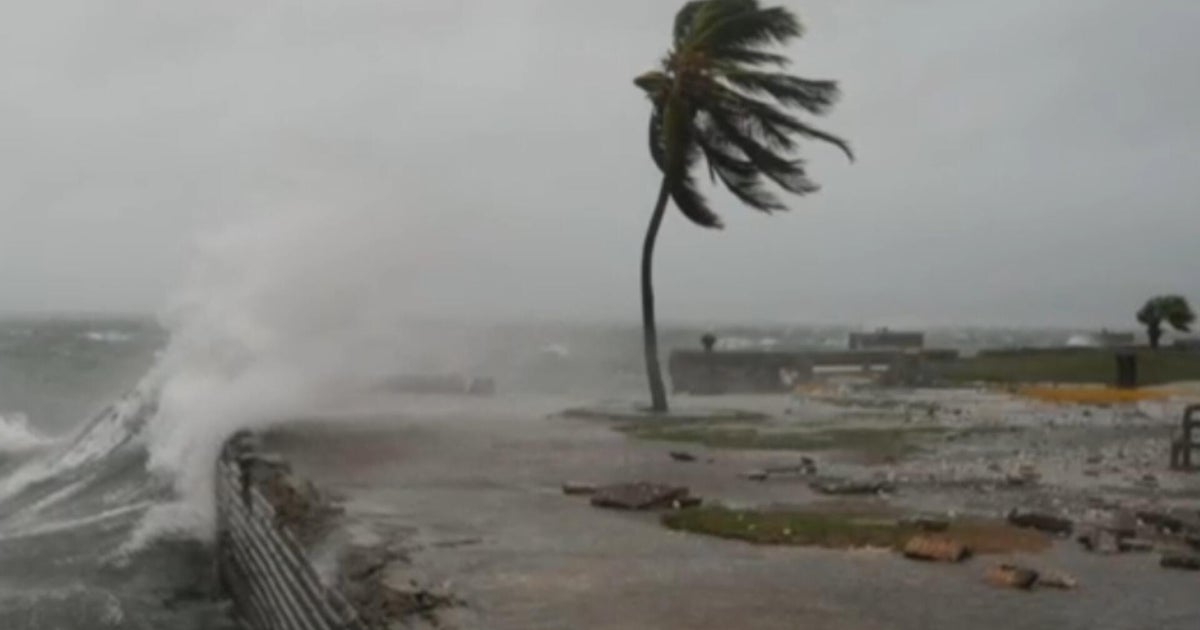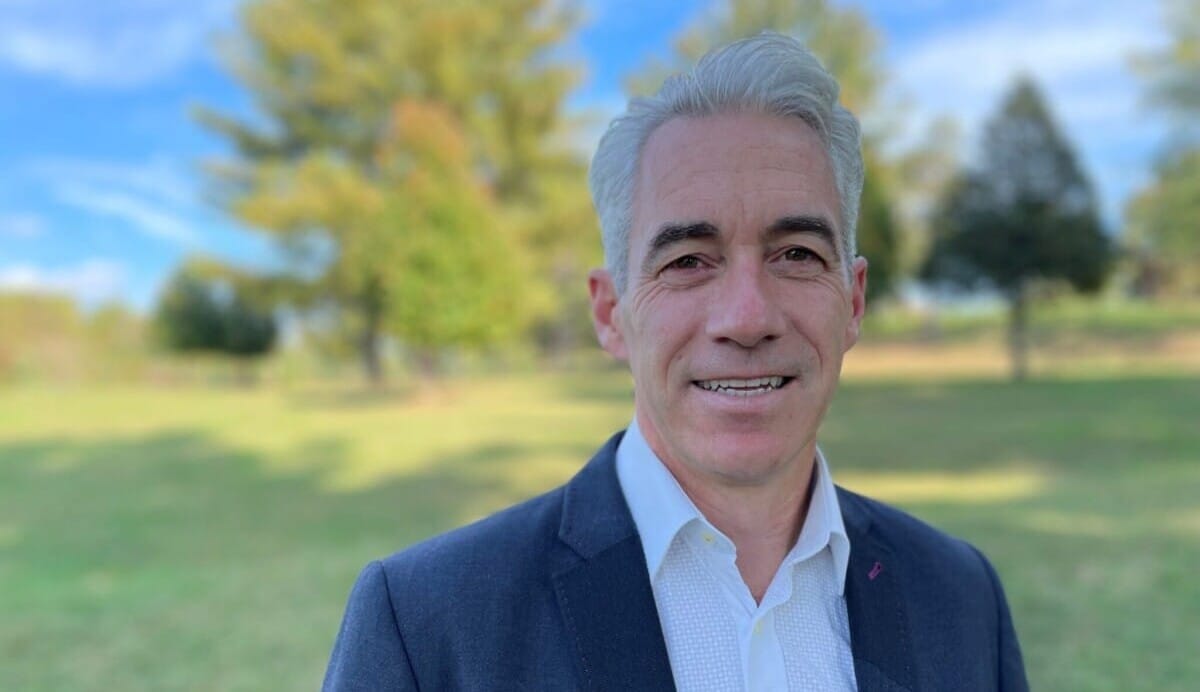How climate change impacts larger hurricanes like Melissa – CBS News

Report on the Intensification of Hurricanes and Implications for Sustainable Development Goals
1.0 Introduction: Hurricane Melissa Case Study
Hurricane Melissa made landfall in Jamaica, registering as the most powerful storm in the nation’s recorded history. This event serves as a critical case study for examining the escalating intensity of tropical cyclones and their profound impact on national and global development objectives. The incident highlights the vulnerability of Small Island Developing States (SIDS) to extreme weather phenomena, which are reportedly influenced by climate change.
2.0 Climate Change and its Link to Extreme Weather Events
The increasing frequency and magnitude of hurricanes like Melissa are linked to anthropogenic climate change. This connection directly challenges the objectives outlined in the Sustainable Development Goals, particularly SDG 13.
- SDG 13 (Climate Action): The intensification of hurricanes is a direct manifestation of climate change. Events like Hurricane Melissa underscore the urgent need for global action to reduce greenhouse gas emissions and strengthen adaptive capacity to climate-related hazards. Failure to meet SDG 13 targets exacerbates the risks and impacts detailed below.
3.0 Analysis of Impacts on Sustainable Development Goals (SDGs)
The consequences of a major hurricane extend across multiple dimensions of sustainable development, severely impeding progress toward the 2030 Agenda. The impact on Jamaica can be assessed through the lens of several key SDGs:
-
SDG 11: Sustainable Cities and Communities
- Infrastructure, including housing, transport, and public utilities, is severely damaged, undermining efforts to build resilient and safe human settlements.
- The displacement of populations places immense strain on urban resources and emergency services.
-
SDG 1 (No Poverty) & SDG 8 (Decent Work and Economic Growth)
- Destruction of key economic sectors, such as tourism and agriculture, leads to widespread job losses and a significant decline in national GDP.
- The cost of recovery and reconstruction diverts financial resources from poverty alleviation programs and long-term economic development initiatives.
-
SDG 3: Good Health and Well-being
- Immediate health impacts include injuries and fatalities.
- Long-term consequences involve the disruption of healthcare services, increased risk of waterborne diseases, and significant mental health challenges for the affected population.
-
SDG 14 (Life Below Water) & SDG 15 (Life on Land)
- Coastal and marine ecosystems, including coral reefs, suffer extensive damage, impacting biodiversity and the livelihoods dependent on them.
- Terrestrial ecosystems face destruction from high winds and flooding, leading to habitat loss and soil erosion.
4.0 Conclusion and Recommendations
Climate-intensified hurricanes such as Melissa represent a significant threat to the achievement of the Sustainable Development Goals. The cascading impacts across social, economic, and environmental spheres demonstrate that climate action is intrinsically linked to all facets of sustainable development. To address these challenges, the following actions are recommended:
- Prioritize global commitments to SDG 13 (Climate Action) by accelerating the transition to renewable energy and implementing robust mitigation strategies.
- Increase investment in climate-resilient infrastructure and early warning systems in vulnerable regions, directly supporting SDG 11 (Sustainable Cities and Communities) and SDG 9 (Industry, Innovation and Infrastructure).
- Strengthen international cooperation and financial mechanisms, in line with SDG 17 (Partnerships for the Goals), to support adaptation and recovery efforts in nations disproportionately affected by climate change.
Analysis of SDGs, Targets, and Indicators
1. Which SDGs are addressed or connected to the issues highlighted in the article?
-
SDG 13: Climate Action
The article directly links the occurrence of larger and more powerful hurricanes, like Hurricane Melissa, to climate change. The headline “How climate change impacts larger hurricanes like Melissa” and the description mentioning a report on “the influence of climate change on larger hurricanes” establish a clear connection to the goal of taking urgent action to combat climate change and its impacts.
-
SDG 11: Sustainable Cities and Communities
The article states that “Hurricane Melissa made landfall in Jamaica,” highlighting the direct impact of a climate-related disaster on a human settlement. Such events threaten the safety, infrastructure, and resilience of cities and communities, particularly in vulnerable regions like the Caribbean. This connects the article’s content to the goal of making cities and human settlements inclusive, safe, resilient, and sustainable.
2. What specific targets under those SDGs can be identified based on the article’s content?
-
Under SDG 13: Climate Action
-
Target 13.1: Strengthen resilience and adaptive capacity to climate-related hazards and natural disasters in all countries.
The article describes a severe climate-related hazard—”the strongest storm to ever hit the Caribbean country.” This event underscores the urgent need for countries like Jamaica to build resilience and adapt to the increasing intensity of natural disasters exacerbated by climate change.
-
Target 13.1: Strengthen resilience and adaptive capacity to climate-related hazards and natural disasters in all countries.
-
Under SDG 11: Sustainable Cities and Communities
-
Target 11.5: By 2030, significantly reduce the number of deaths and the number of people affected and substantially decrease the direct economic losses relative to global gross domestic product caused by disasters, including water-related disasters, with a focus on protecting the poor and people in vulnerable situations.
Hurricane Melissa is presented as a major water-related disaster impacting a vulnerable nation. The event’s description as the “strongest storm” implies significant potential for human and economic losses, which this target aims to reduce.
-
Target 11.5: By 2030, significantly reduce the number of deaths and the number of people affected and substantially decrease the direct economic losses relative to global gross domestic product caused by disasters, including water-related disasters, with a focus on protecting the poor and people in vulnerable situations.
3. Are there any indicators mentioned or implied in the article that can be used to measure progress towards the identified targets?
-
The article does not provide explicit quantitative data but implies the use of certain indicators to measure the scale of the problem and progress towards the targets.
-
Implied Indicators for Target 13.1 and 11.5:
- Frequency and intensity of extreme weather events: The article’s focus on “larger hurricanes” and Melissa being the “strongest storm to ever hit” Jamaica implies that tracking the intensity and frequency of such climate-related hazards is a key measure of the escalating impact of climate change.
- Number of people affected by disasters: By stating that the hurricane “made landfall in Jamaica,” the article implies that the population of the affected areas is a crucial metric for understanding the storm’s impact. This aligns with official indicators like “Number of deaths, missing persons and directly affected persons attributed to disasters per 100,000 population” (Indicator 11.5.1 and 13.1.1).
- Economic loss from disasters: A storm of this magnitude inherently causes significant damage to infrastructure, property, and the economy. While not quantified, the description of the storm’s unprecedented strength implies substantial economic losses, a key component of Indicator 11.5.2 (“Direct economic loss attributed to disasters in relation to global gross domestic product”).
Summary Table of SDGs, Targets, and Indicators
| SDGs, Targets and Indicators | Corresponding Targets | Specific Indicators Identified in the Article |
|---|---|---|
| SDG 13: Climate Action | 13.1: Strengthen resilience and adaptive capacity to climate-related hazards and natural disasters in all countries. | Implied: The increasing intensity and frequency of climate-related hazards (e.g., “strongest storm,” “larger hurricanes”). |
| SDG 11: Sustainable Cities and Communities | 11.5: Significantly reduce the number of deaths, people affected, and economic losses from disasters. | Implied: The number of people affected by the hurricane making landfall and the direct economic losses resulting from the “strongest storm.” |
Source: cbsnews.com
What is Your Reaction?
 Like
0
Like
0
 Dislike
0
Dislike
0
 Love
0
Love
0
 Funny
0
Funny
0
 Angry
0
Angry
0
 Sad
0
Sad
0
 Wow
0
Wow
0
















































:focal(1500,1000)/https://media.globalcitizen.org/a6/9a/a69a4720-d8a1-4715-b596-18738d03c05c/rotary_polio_hero_image.jpg?#)







/countries/sri-lanka/photo-credit---dmc-sri-lanka.tmb-1200v.jpg?sfvrsn=dc298bcc_1#)



















